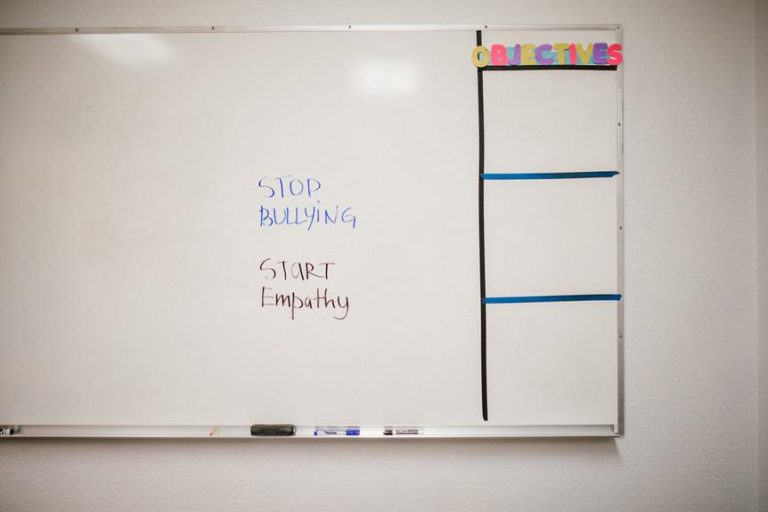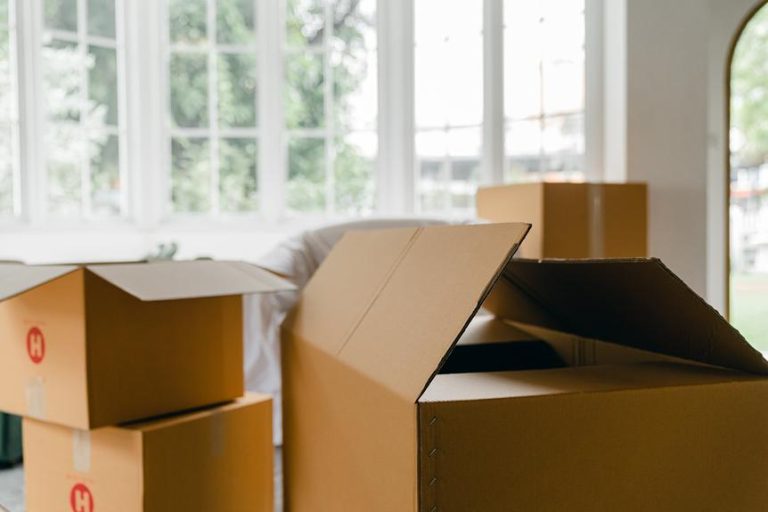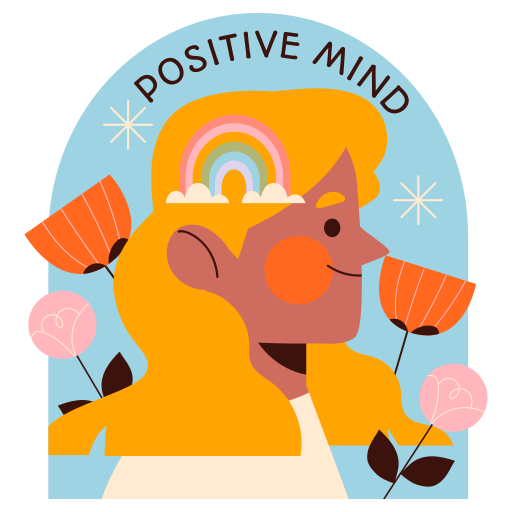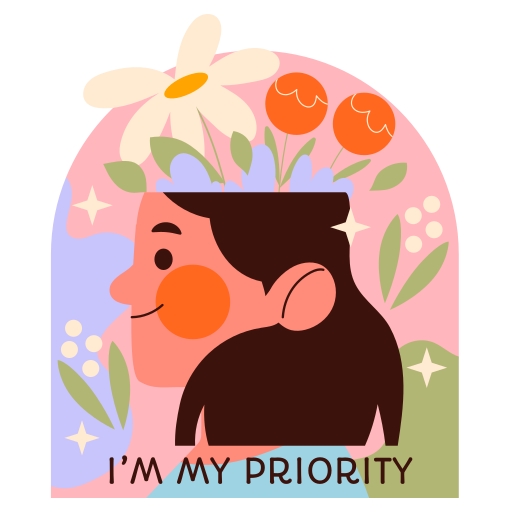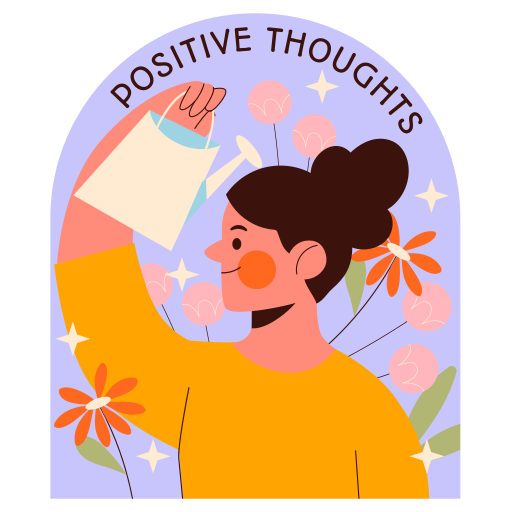Learning how to let go can be like unraveling a mystery that leads to a happier life. Discovering the secrets behind releasing what holds us back is a powerful tool for finding peace within ourselves. Imagine feeling lighter and freer by simply practicing forgiveness and being kind to yourself. Picture a world where you don't have to control everything, and instead, you can let things unfold naturally. These are just a few ways to start your journey towards personal growth and emotional strength. So, are you ready to learn the art of letting go and embrace a more peaceful way of living? Let's explore together the simple yet effective techniques that can help you unlock the doors to inner peace and emotional well-being.
Embrace the Power of Forgiveness
In the journey towards personal growth and emotional healing, embracing the power of forgiveness serves as a transformative catalyst for cultivating inner peace and releasing the weight of past grievances. Learning how to let go of someone or a relationship requires immense inner strength and a commitment to one's mental health and well-being. Forgiveness is not about forgetting or excusing the hurt caused but about freeing oneself from the shackles of resentment and anger.
Moving forward from a place of hurt and betrayal can be daunting, but by embracing the power of forgiveness, individuals can gradually release the negative emotions that hold them captive. This process involves acknowledging the pain, understanding the reasons behind the actions that caused harm, and ultimately choosing to let go for one's own sake.
Practice Mindfulness and Acceptance
To further cultivate inner peace and emotional healing, individuals can begin by incorporating mindfulness practices and acceptance into their daily routines. Mindfulness involves being fully present in the moment, allowing individuals to observe their thoughts and feelings without judgment. By focusing on the present rather than dwelling on the past, one can better accept and let go of negative emotions that may be holding them back. Practicing mindfulness meditation has been shown to reduce rumination, which can help release attachment to these emotions.
Acceptance plays a crucial role in emotional freedom. It involves acknowledging and embracing thoughts and feelings without attempting to change them. Through acceptance, individuals can experience greater emotional regulation, decreased stress levels, and enhanced self-awareness. Studies have highlighted the benefits of mindfulness and acceptance-based approaches in promoting inner peace and aiding in the process of letting go. By incorporating these practices into daily life, individuals can navigate their emotions more effectively and work towards achieving a sense of calm and clarity.
Declutter Your Mind and Environment
Creating space in your mind and physical surroundings is a powerful way to invite peace and clarity into your life. By decluttering your environment, you can remove distractions that may be causing mental noise and stress. This process can help you focus better, feel lighter, and open yourself up to new opportunities.
Clear Mental Space
Achieving mental clarity and fostering personal growth can be facilitated by the intentional act of decluttering both your mind and physical surroundings. Letting go of unnecessary thoughts and possessions is a powerful way to reduce stress, promote mental clarity, and simplify your surroundings. By clearing mental space, you can prioritize what truly matters in your life, allowing room for positive experiences and personal development. Here are three essential steps to help you clear your mental space:
- Practice Mindfulness: Take time to reflect on your thoughts and emotions, letting go of negativity and focusing on the present moment.
- Journaling: Write down your thoughts to declutter your mind and gain insights into your feelings and priorities.
- Engage in Relaxation Techniques: Incorporate activities like meditation or deep breathing exercises to calm your mind and create mental space.
Organize Physical Surroundings
As you seek to foster mental clarity and personal growth, organizing your physical surroundings serves as a pivotal step towards decluttering both your mind and environment. It can be hard to let go of things, but decluttering your living space is a powerful way to move through the process of letting go. By organizing your physical surroundings and clearing out unnecessary items, you create a harmonious environment that promotes a sense of peace and order. Here is a structured approach to help you in this process:
| Steps to Organize Physical Surroundings | Benefits | Outcome |
|---|---|---|
| Declutter room by room | Reduces overwhelm and anxiety | Increased focus and productivity |
| Create designated spaces for items | Promotes a sense of order | A more peaceful living space |
| Donate or discard unused items | Simplifies surroundings | Enhanced clarity in mind |
Cultivate Self-Compassion and Love
Cultivating self-compassion and love is a transformative journey towards embracing oneself with kindness and acceptance. It involves recognizing one's worth and treating oneself with the same care and compassion that we often extend to others. Here are three essential ways in which cultivating self-compassion and love can contribute to emotional well-being and the process of letting go:
- Letting Go of Self-Criticism: By practicing self-compassion, individuals can learn to be less harsh towards themselves, quietening their inner critic. This shift can help in releasing negative emotions and fostering a more positive self-image.
- Enhancing Emotional Well-Being: Research indicates that self-compassion is strongly linked to greater emotional resilience and well-being. By nurturing self-compassion and love, individuals can navigate challenging situations with more grace and understanding.
- Fostering Inner Peace: Cultivating self-love leads to a deeper sense of inner peace and contentment. Accepting oneself unconditionally, flaws and all, can promote increased self-esteem and a more profound connection with oneself.
Release Control and Trust the Process
Trusting the process and relinquishing control can be challenging but incredibly rewarding. Embracing uncertainty with trust allows for personal growth and transformation. Surrendering to divine guidance can bring a sense of peace and liberation as you navigate the journey of letting go.
Embrace Uncertainty With Trust
Embracing the unknown with a sense of trust allows for personal growth and adaptability, fostering a mindset of acceptance and resilience. When you release control and embrace uncertainty, you open yourself up to a world of possibilities. Here are three ways to help you navigate this process:
- Cultivate Trust: Trust in yourself and the journey you are on. Believe that things will unfold as they are meant to, guiding you towards growth and fulfillment.
- Practice Letting Go: Letting go of the need to control every outcome frees you from unnecessary stress and anxiety. Embrace the idea that not everything is within your power to dictate.
- Stay Open: Be open to new experiences and opportunities that come your way. Embracing uncertainty with trust can lead to a more peaceful and emotionally stable life.
Surrender to Divine Guidance
Surrendering to the guidance of a higher power offers solace and clarity amidst life's uncertainties, fostering a profound sense of trust in the unfolding journey. Learning to let go of the need to control every outcome is essential in embracing divine guidance. By surrendering control and trusting in the process, individuals can alleviate stress and anxiety. Trusting in the belief that things happen for a reason provides comfort and peace, especially in challenging times. Surrendering to divine guidance is a practice that encourages acceptance of what is meant to be, allowing individuals to release the burden of trying to micromanage every aspect of their lives. Embracing faith in divine guidance leads to a deeper sense of surrender and trust in the journey ahead.
Letting Go Brings Peace
In navigating life's uncertainties, finding peace often begins with relinquishing the need for control and placing trust in the natural unfolding of events.
Ways Letting Go Brings Peace:
- Emotional Freedom: Releasing control allows you to free yourself from the burden of constant worry and stress, leading to emotional liberation.
- Serenity: Trusting the process of letting go brings a sense of tranquility and inner calm, enabling you to embrace the present moment with peace.
- Trust in the Journey: Understanding that letting go is a gradual process that requires patience and faith in the unknown path ahead can bring about a profound sense of serenity and contentment.
Focus on Personal Growth and Healing
Fostering personal growth and healing involves a commitment to continuous self-reflection and emotional exploration. Acknowledging and processing past traumas are essential steps in this journey, paving the way for inner peace. Letting go of the burdens carried from the past creates space for new beginnings and opportunities. Embracing change is a fundamental aspect of personal growth, as it encourages adaptability and resilience. By reflecting on personal values and beliefs, individuals can navigate the path of healing and growth more effectively.
Personal growth is a continuous process of learning and self-improvement that enables individuals to reach their full potential. Healing, on the other hand, requires a deep understanding of one's emotions and past experiences to promote inner peace and well-being. Through the integration of these practices, individuals can cultivate a sense of balance, clarity, and empowerment in their lives. By consciously engaging in the process of personal growth and healing, one can embark on a transformative journey towards letting go of the past and embracing a brighter future.
Frequently Asked Questions
How Do I Teach Myself to Let Go?
Teaching oneself to let go involves embracing mindful breathing, practicing acceptance, engaging in journal reflection, meditating, releasing emotions, prioritizing self-care, and fostering gratitude. This holistic approach aids in processing and releasing attachments for personal growth.
What Are 3 Ways to Practice Letting Go?
To practice letting go, engage in mindful breathing, journal reflection, and positive affirmations. These tools help cultivate self-awareness, release emotional attachments, and foster acceptance. Incorporating gratitude exercises, visualization, and self-care further aids in the journey of letting go.
How Do You Simply Let Things Go?
To simply let things go, practice mindful breathing, positive affirmations, journaling emotions, engaging in physical exercise, pursuing creative hobbies, consistent meditation, and seeking support from friends, family, or a therapist. These strategies promote emotional release and healing.
Why Do I Struggle to Let Things Go?
Struggling to let go of items may root from emotional attachments, fear of change, control issues, past experiences, self-worth concerns, overthinking tendencies, and unresolved emotions. Exploring these facets can aid in understanding and navigating this challenge.









